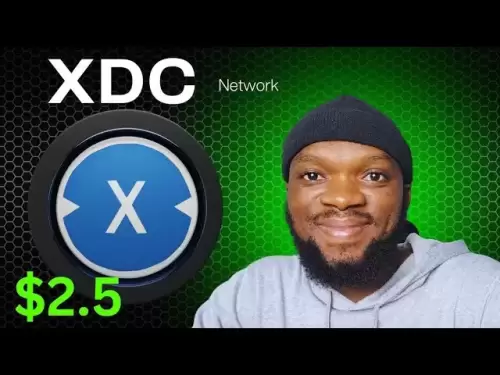-
 Bitcoin
Bitcoin $111,548.1016
2.37% -
 Ethereum
Ethereum $2,781.2216
6.39% -
 Tether USDt
Tether USDt $1.0004
0.01% -
 XRP
XRP $2.4146
4.58% -
 BNB
BNB $669.5226
1.36% -
 Solana
Solana $157.5751
3.99% -
 USDC
USDC $1.0002
0.02% -
 TRON
TRON $0.2899
0.84% -
 Dogecoin
Dogecoin $0.1821
6.47% -
 Cardano
Cardano $0.6259
6.40% -
 Hyperliquid
Hyperliquid $41.0040
5.60% -
 Sui
Sui $3.0919
6.42% -
 Bitcoin Cash
Bitcoin Cash $515.6573
2.88% -
 Chainlink
Chainlink $14.3144
2.51% -
 Stellar
Stellar $0.2885
11.60% -
 UNUS SED LEO
UNUS SED LEO $8.9746
-1.18% -
 Avalanche
Avalanche $19.5761
6.62% -
 Shiba Inu
Shiba Inu $0.0...01245
4.98% -
 Hedera
Hedera $0.1711
6.23% -
 Toncoin
Toncoin $2.8451
1.64% -
 Litecoin
Litecoin $91.0395
3.67% -
 Monero
Monero $324.5650
2.52% -
 Polkadot
Polkadot $3.6332
5.42% -
 Dai
Dai $1.0001
0.01% -
 Ethena USDe
Ethena USDe $1.0011
0.03% -
 Uniswap
Uniswap $8.4471
10.54% -
 Bitget Token
Bitget Token $4.4085
1.61% -
 Pepe
Pepe $0.0...01117
9.51% -
 Aave
Aave $303.3870
3.43% -
 Pi
Pi $0.4715
2.67%
What networks does Bybit support for USDT withdrawal?
Jul 09, 2025 at 12:08 pm
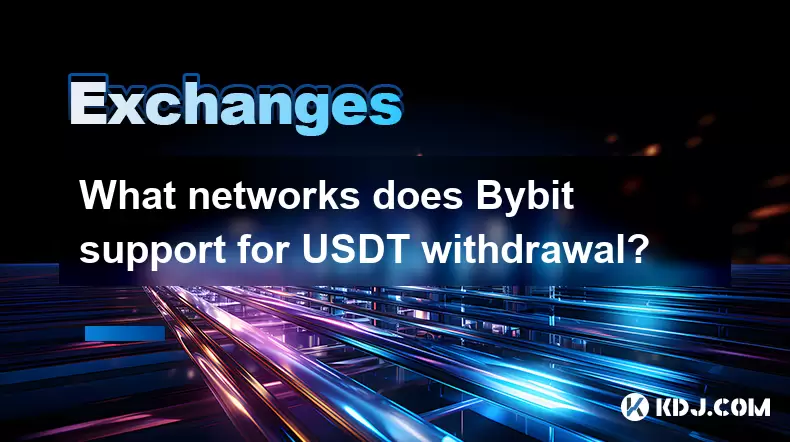
Understanding USDT and Its Blockchain Networks
Tether (USDT) is one of the most widely used stablecoins in the cryptocurrency market. It operates on multiple blockchain networks, each with its own characteristics, fees, and transaction speeds. Understanding which network you're using is crucial when withdrawing USDT to ensure funds are received correctly and without loss.
Bybit supports several blockchain protocols for USDT withdrawals, including:
- TRON (TRC20)
- Ethereum (ERC20)
- Binance Smart Chain (BSC / BEP20)
Each of these blockchains has different transaction fees, speed, and compatibility with wallets or exchanges. Choosing the correct network is essential to avoid irreversible fund loss.
Important: Always verify that the receiving wallet or exchange supports the selected blockchain before initiating a withdrawal.
How to Choose the Right Network on Bybit for USDT Withdrawal
When preparing to withdraw USDT from your Bybit account, you'll be prompted to select a network protocol. Here’s how to do it properly:
- Log into your Bybit account and go to the Wallet section
- Click on Withdraw next to USDT
- In the withdrawal form, locate the Network dropdown menu
- Select either TRC20 (TRON), ERC20 (Ethereum), or BEP20 (BSC) based on your destination wallet or exchange's supported network
Choosing the wrong network can result in permanent loss of funds, so always double-check what network your receiving address belongs to.
Tip: If you’re unsure which network to use, contact the support team of the receiving wallet or exchange before proceeding.
TRC20 (TRON) Network: Features and Considerations
The TRC20 standard runs on the TRON blockchain and is known for fast transactions and low fees. Bybit supports this network for USDT withdrawals and deposits.
Here are some key points about TRC20:
- Typically charges less than $1 in withdrawal fees
- Transactions confirm within seconds
- Ideal for small to medium transfers
- Not all platforms support TRC20 addresses
Before sending USDT via TRC20, ensure the recipient supports TRON-based tokens.
Caution: Sending TRC20 USDT to an Ethereum-based wallet may result in lost funds.
ERC20 (Ethereum) Network: Features and Considerations
The ERC20 network operates on the Ethereum blockchain. It is one of the oldest and most widely accepted standards for stablecoins like USDT.
Key features include:
- Higher gas fees compared to TRC20 and BSC
- Slower transaction times during network congestion
- Broadly supported by most exchanges and wallets
- More secure due to Ethereum’s mature ecosystem
If you're transferring large amounts or using a well-established wallet like MetaMask, Trust Wallet, or Ledger, choosing ERC20 is often the safest bet.
Reminder: Always check if the receiving address starts with “0x” — this indicates an Ethereum-compatible address.
BEP20 (Binance Smart Chain) Network: Features and Considerations
The BEP20 standard is part of the Binance Smart Chain (BSC), offering low fees and fast transactions. Bybit supports this network for USDT as well.
Important aspects of BEP20:
- Lower fees than Ethereum but slightly higher than TRC20
- Fast confirmation times
- Compatible with Binance Chain wallets like Trust Wallet
- Not all exchanges support BEP20 USDT
Make sure the wallet or exchange you're sending to accepts BEP20 USDT before initiating the transfer.
Note: Addresses on BSC usually start with “0x”, similar to Ethereum, but they are not interchangeable.
Frequently Asked Questions
Q: Can I change the network after initiating a USDT withdrawal on Bybit?
A: No, once a withdrawal is initiated, the network cannot be changed. You must wait for the transaction to complete or fail before attempting again.
Q: What happens if I send USDT through the wrong network?
A: Funds sent via the wrong network may be unrecoverable. Always confirm the receiving address supports the selected network before sending.
Q: How long does a USDT withdrawal take on Bybit?
A: Withdrawal times vary by network:
- TRC20: 1–3 minutes
- ERC20: 5–30 minutes depending on congestion
- BEP20: 1–5 minutes
Q: Does Bybit charge different fees for each USDT network?
A: Yes. Fees differ based on the network:
- TRC20: Usually around $1 or less
- ERC20: Varies with gas prices, often $5–$15
- BEP20: Generally between $1–$3
Clause de non-responsabilité:info@kdj.com
Les informations fournies ne constituent pas des conseils commerciaux. kdj.com n’assume aucune responsabilité pour les investissements effectués sur la base des informations fournies dans cet article. Les crypto-monnaies sont très volatiles et il est fortement recommandé d’investir avec prudence après une recherche approfondie!
Si vous pensez que le contenu utilisé sur ce site Web porte atteinte à vos droits d’auteur, veuillez nous contacter immédiatement (info@kdj.com) et nous le supprimerons dans les plus brefs délais.
-
 KEEP Échangez maintenant
KEEP Échangez maintenant$0.1157
59.34%
-
 M Échangez maintenant
M Échangez maintenant$0.3105
50.86%
-
 USELESS Échangez maintenant
USELESS Échangez maintenant$0.3095
38.61%
-
 BANANAS31 Échangez maintenant
BANANAS31 Échangez maintenant$0.0246
27.74%
-
 ZBCN Échangez maintenant
ZBCN Échangez maintenant$0.0037
25.54%
-
 MAGIC Échangez maintenant
MAGIC Échangez maintenant$0.1985
21.82%
- Nexbridge, Nexplace et l'écosystème Bitcoin: construire une nouvelle frontière financière
- 2025-07-09 23:10:13
- MEXC Launchpad & Pump Token: Saisissez une remise de 40%?
- 2025-07-09 22:50:12
- Révolution du système commercial: comment XDC et la fin des télécopies sont de remodeler les finances
- 2025-07-09 23:10:13
- Ripple, Clarity Act et The XRP Case: A New York Minute on Crypto Regulation
- 2025-07-09 23:50:12
- Pas de monnaie Rs 50? Delhi HC entend pourquoi l'Inde préfère les billets
- 2025-07-09 23:15:11
- Pas de monnaie Rs 50? Delhi HC entend pourquoi les billets de banque règnent suprême
- 2025-07-09 23:50:12
Connaissances connexes
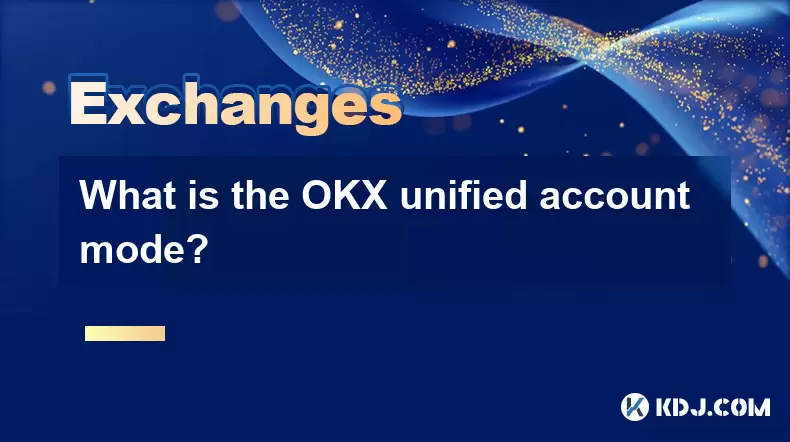
What is the OKX unified account mode?
Jul 09,2025 at 01:07pm
<h3>Understanding the OKX Unified Account Mode</h3><p>The OKX unified account mode is a feature introduced by OKX, one of the leadin...
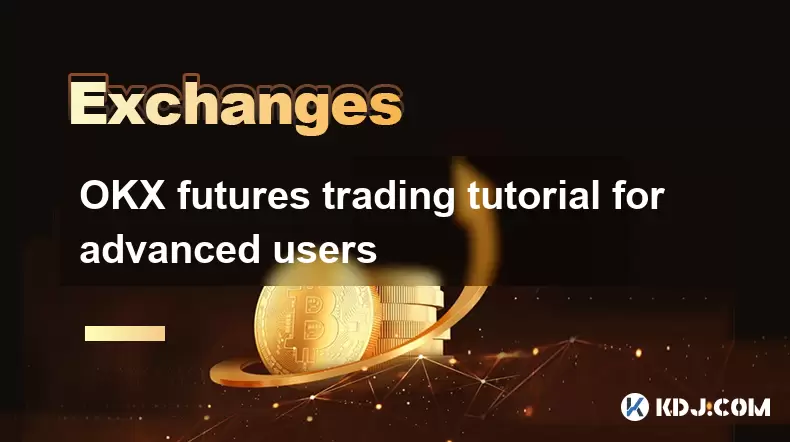
OKX futures trading tutorial for advanced users
Jul 09,2025 at 07:29am
<h3>Understanding OKX Futures Trading Interface</h3><p>Before diving into advanced strategies, it's crucial to have a deep understan...
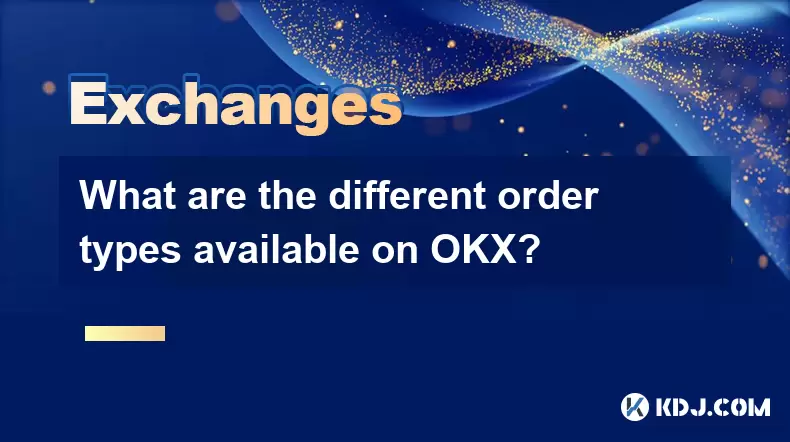
What are the different order types available on OKX?
Jul 08,2025 at 10:15pm
<h3>Understanding Order Types on OKX</h3><p>OKX is one of the leading cryptocurrency exchanges globally, offering a wide array of tr...
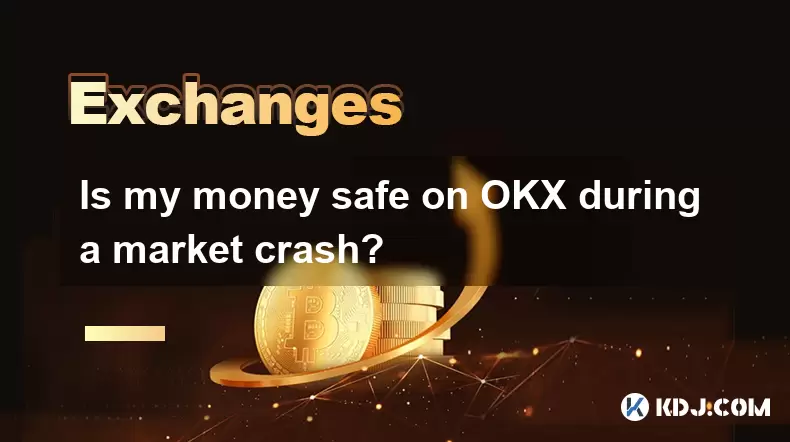
Is my money safe on OKX during a market crash?
Jul 09,2025 at 01:43pm
<h3>Understanding Market Crashes and Cryptocurrency Exchanges</h3><p>During a market crash, cryptocurrency prices plummet rapidly, o...
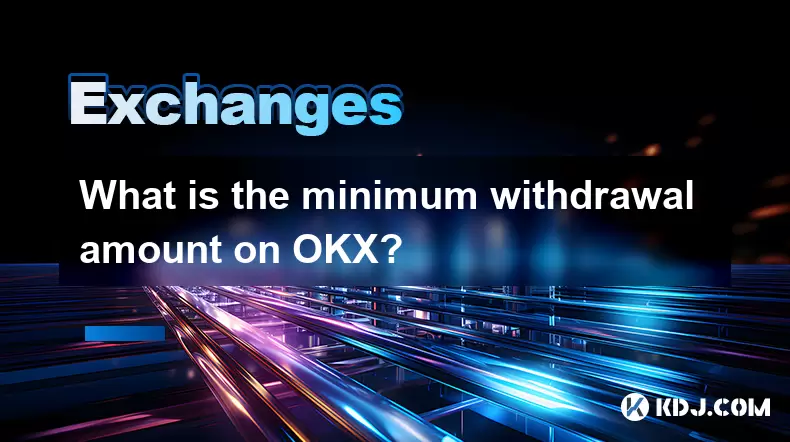
What is the minimum withdrawal amount on OKX?
Jul 08,2025 at 08:21pm
<h3>Understanding the Minimum Withdrawal Amount on OKX</h3><p>When using a cryptocurrency exchange like OKX, users often need to und...
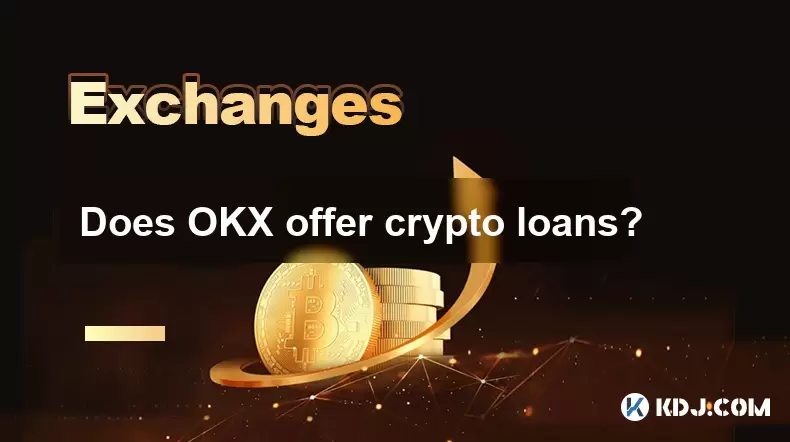
Does OKX offer crypto loans?
Jul 09,2025 at 09:36am
<h3>Understanding Crypto Loans on OKX</h3><p>OKX is one of the leading cryptocurrency exchanges globally, offering a wide range of f...

What is the OKX unified account mode?
Jul 09,2025 at 01:07pm
<h3>Understanding the OKX Unified Account Mode</h3><p>The OKX unified account mode is a feature introduced by OKX, one of the leadin...

OKX futures trading tutorial for advanced users
Jul 09,2025 at 07:29am
<h3>Understanding OKX Futures Trading Interface</h3><p>Before diving into advanced strategies, it's crucial to have a deep understan...

What are the different order types available on OKX?
Jul 08,2025 at 10:15pm
<h3>Understanding Order Types on OKX</h3><p>OKX is one of the leading cryptocurrency exchanges globally, offering a wide array of tr...

Is my money safe on OKX during a market crash?
Jul 09,2025 at 01:43pm
<h3>Understanding Market Crashes and Cryptocurrency Exchanges</h3><p>During a market crash, cryptocurrency prices plummet rapidly, o...

What is the minimum withdrawal amount on OKX?
Jul 08,2025 at 08:21pm
<h3>Understanding the Minimum Withdrawal Amount on OKX</h3><p>When using a cryptocurrency exchange like OKX, users often need to und...

Does OKX offer crypto loans?
Jul 09,2025 at 09:36am
<h3>Understanding Crypto Loans on OKX</h3><p>OKX is one of the leading cryptocurrency exchanges globally, offering a wide range of f...
Voir tous les articles





















